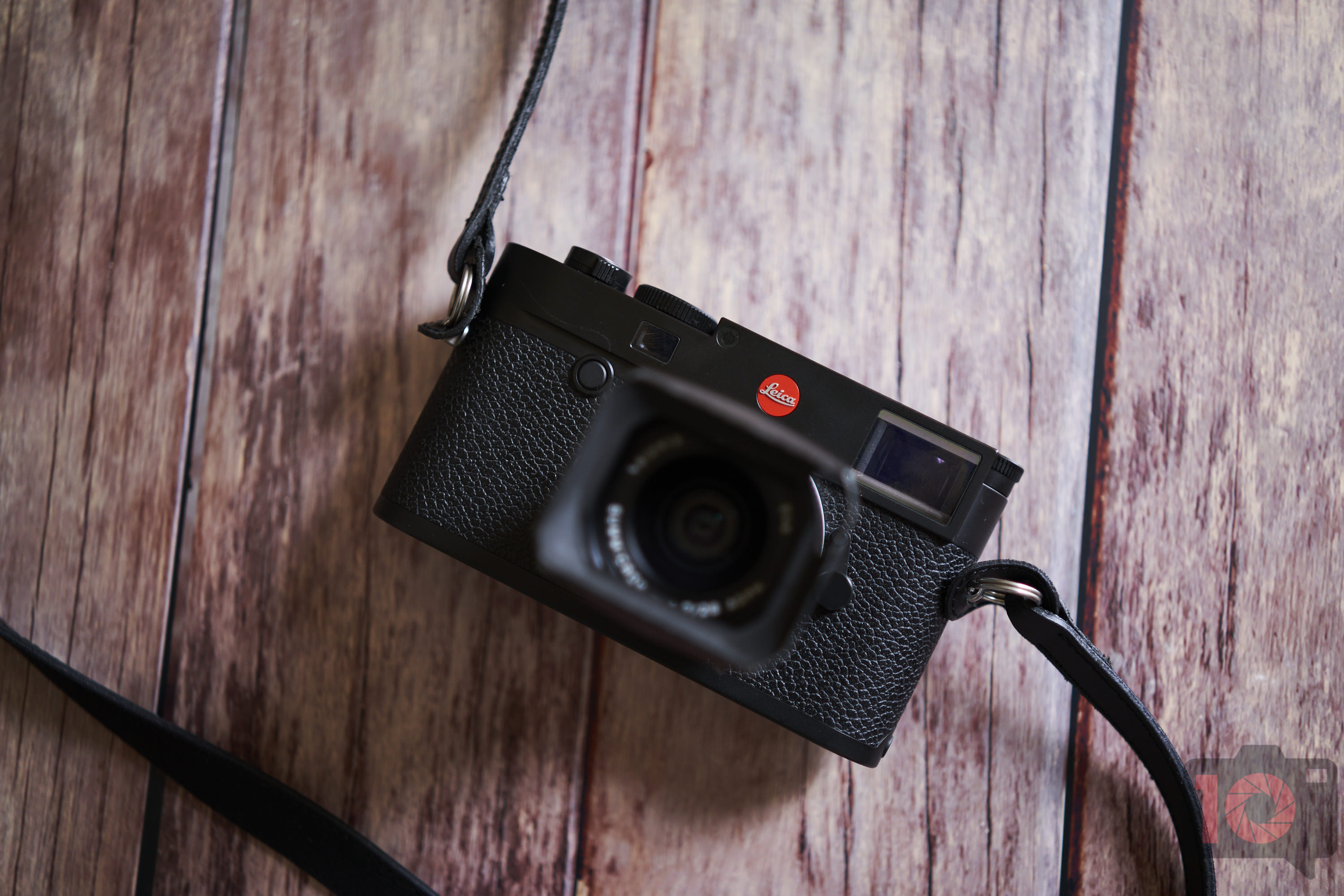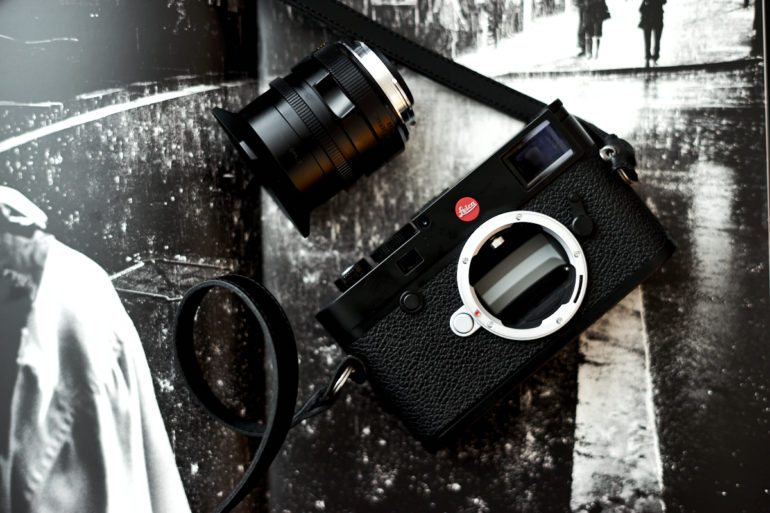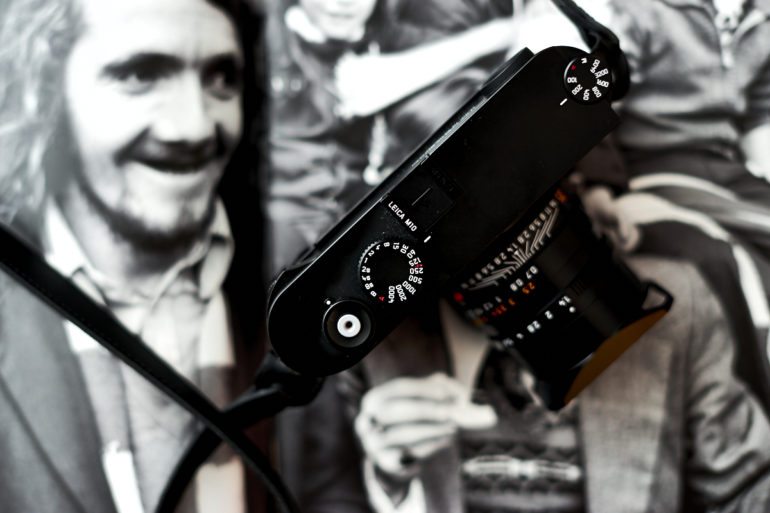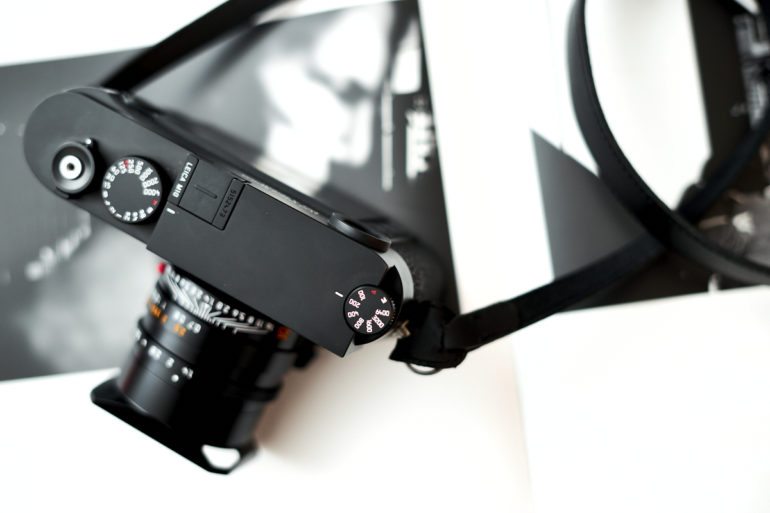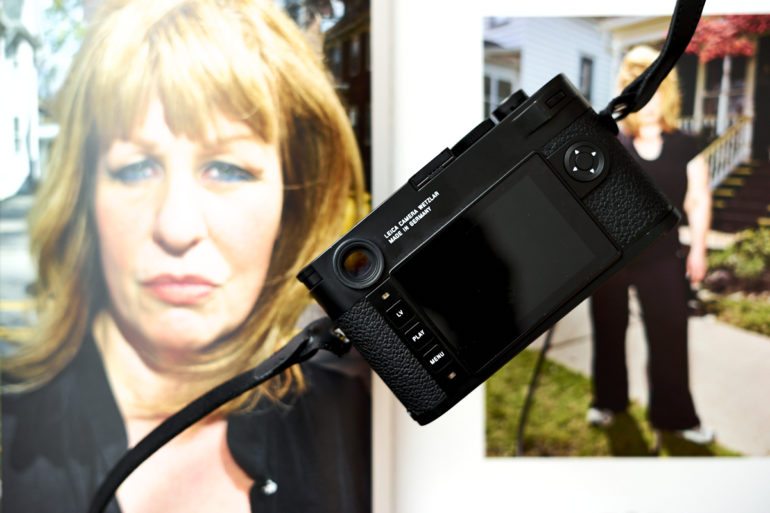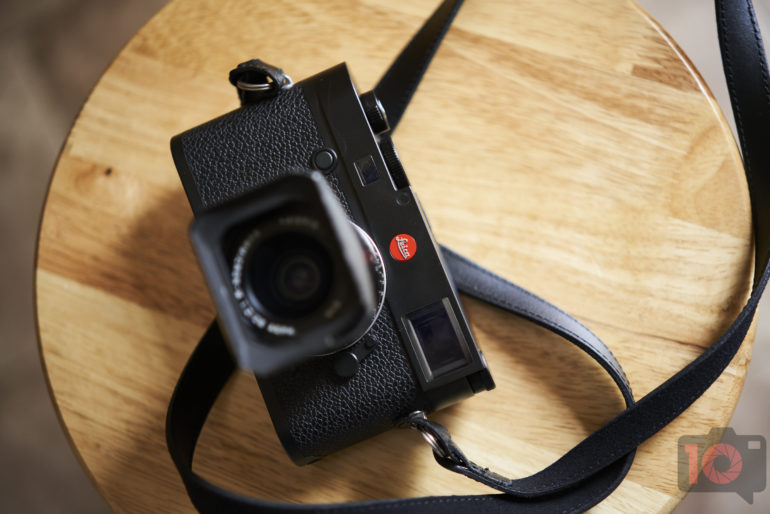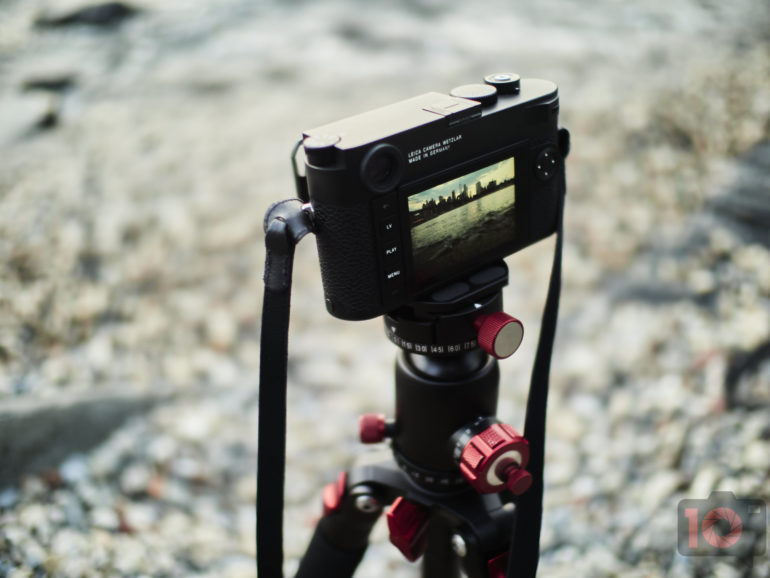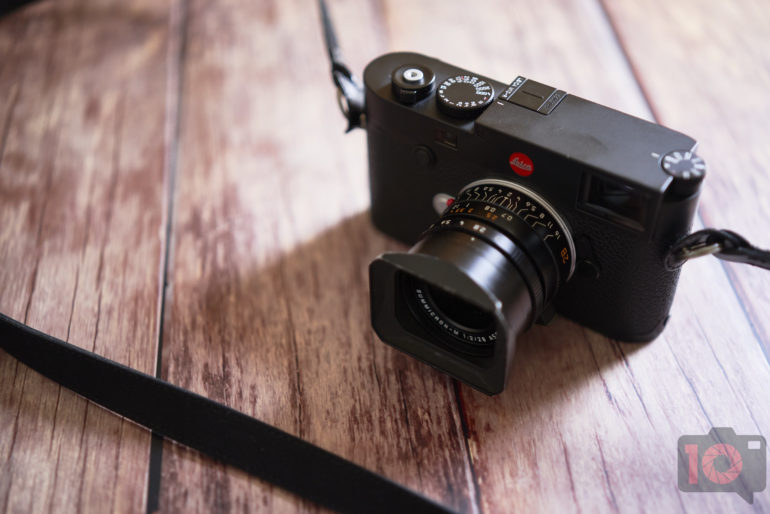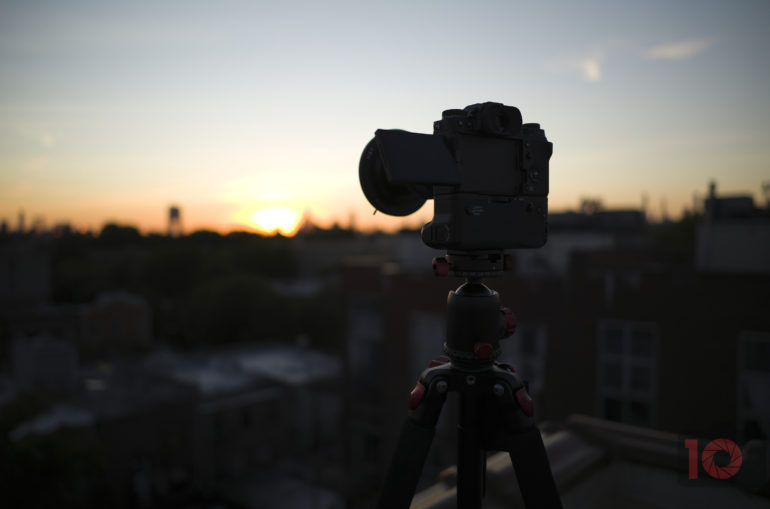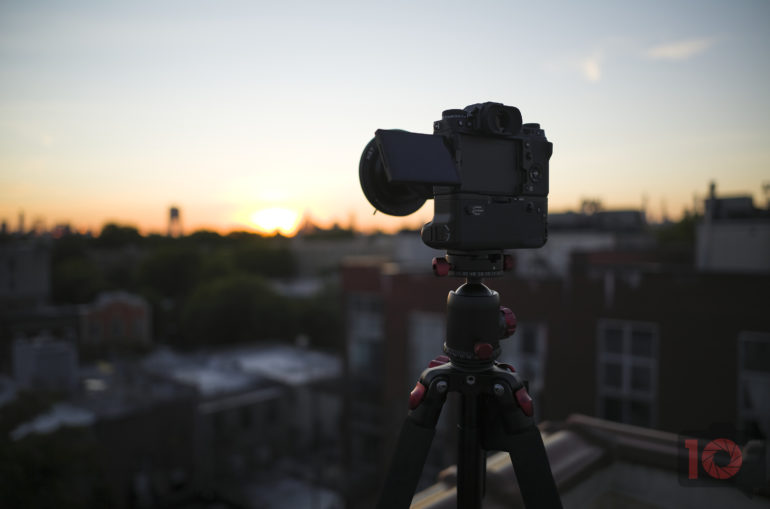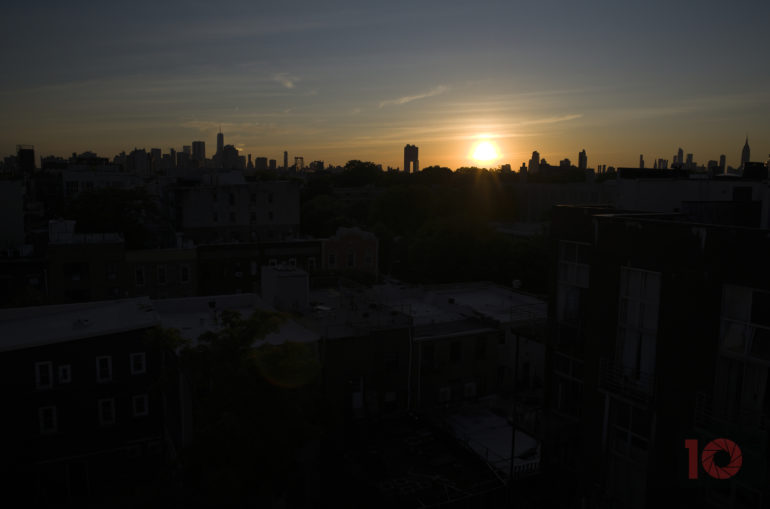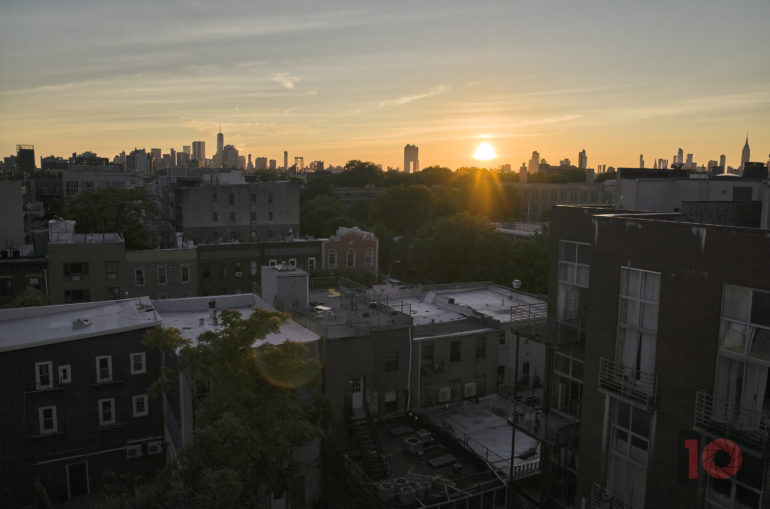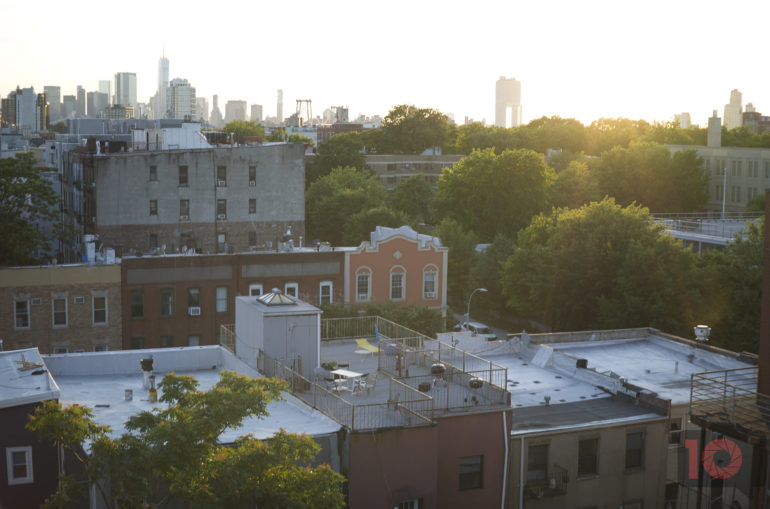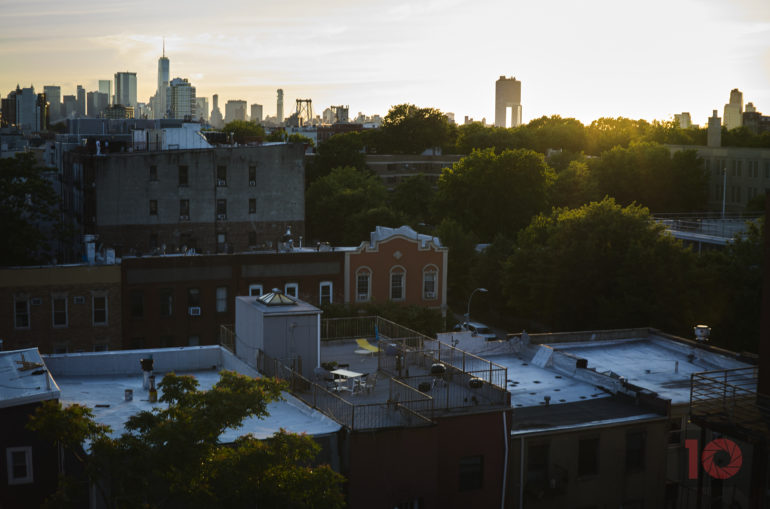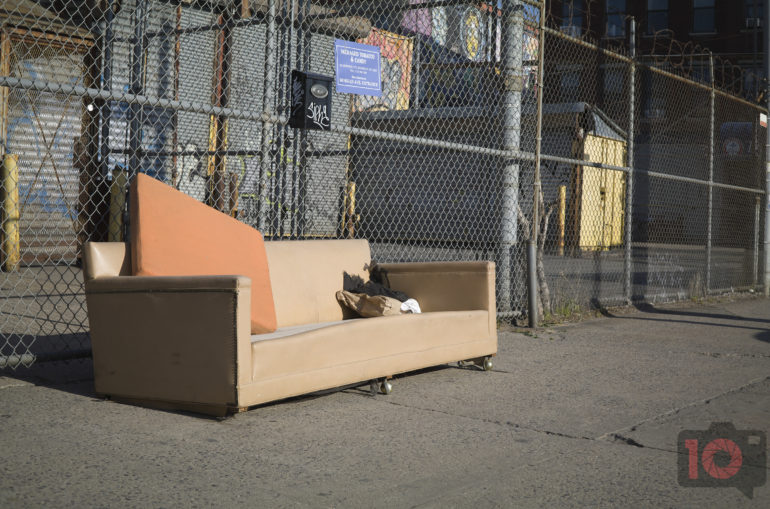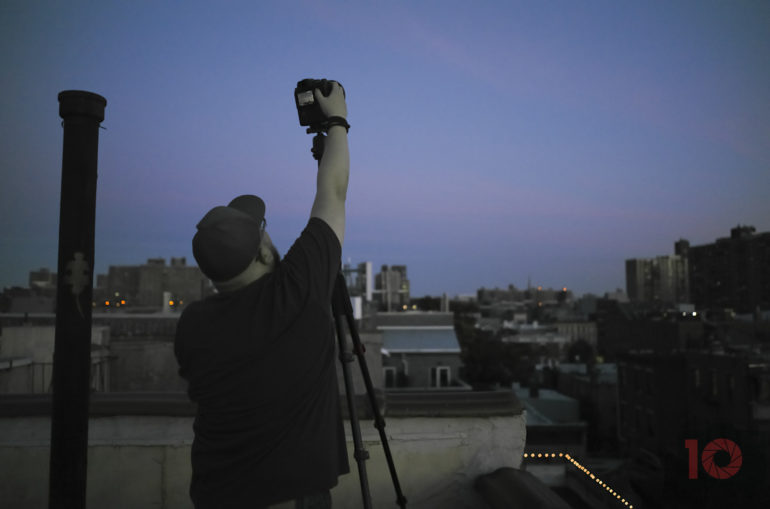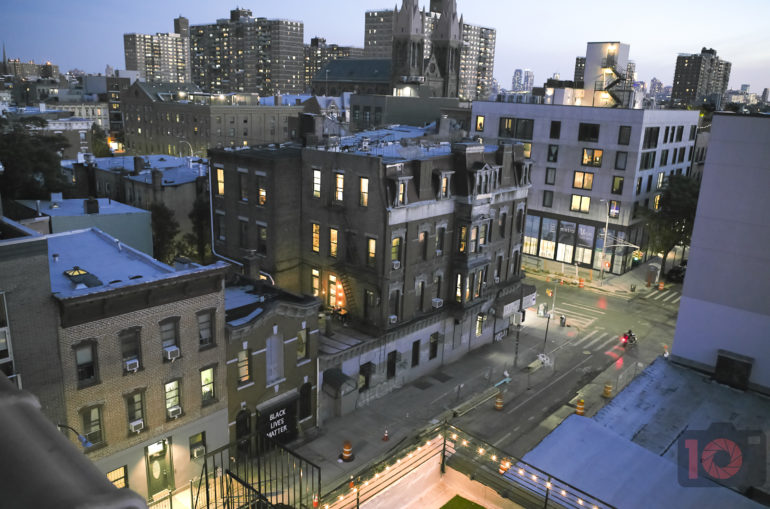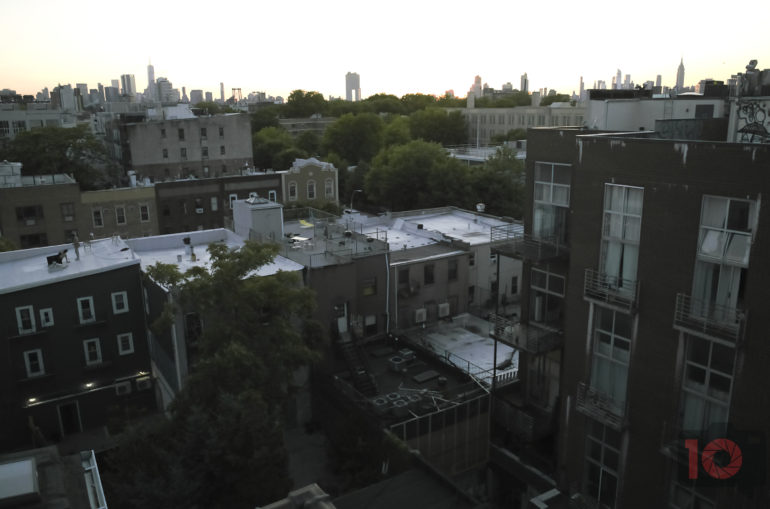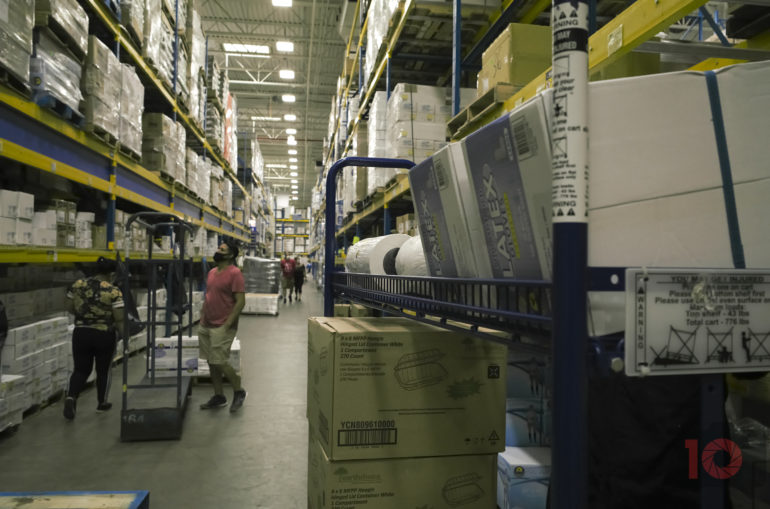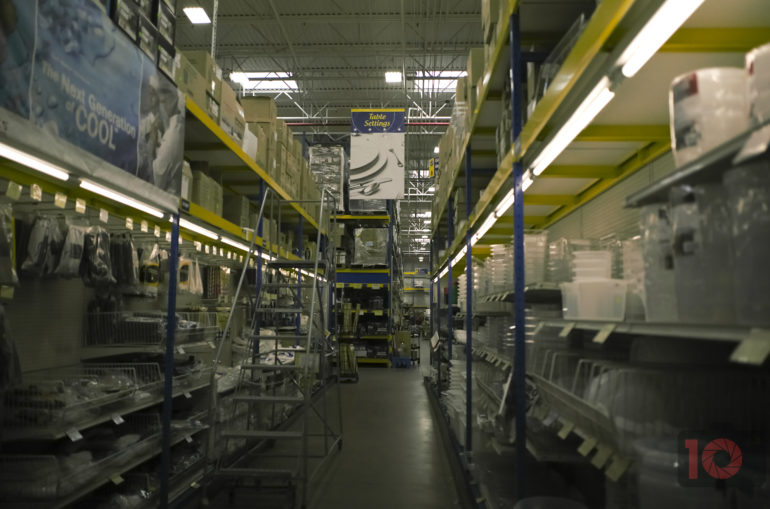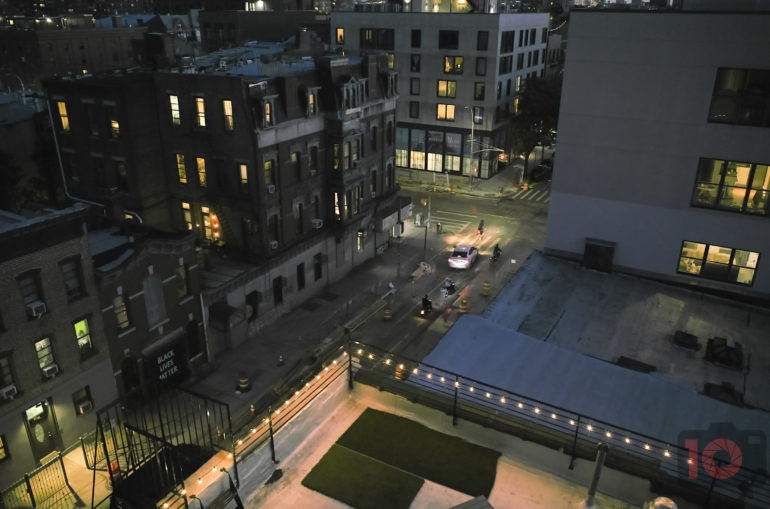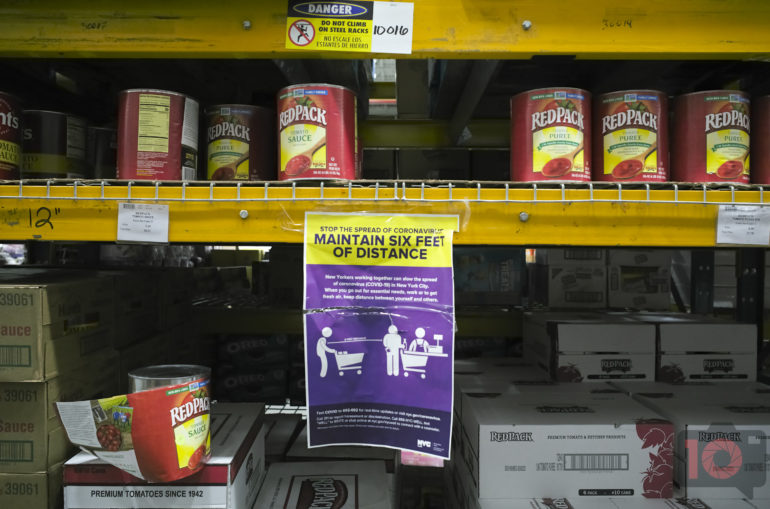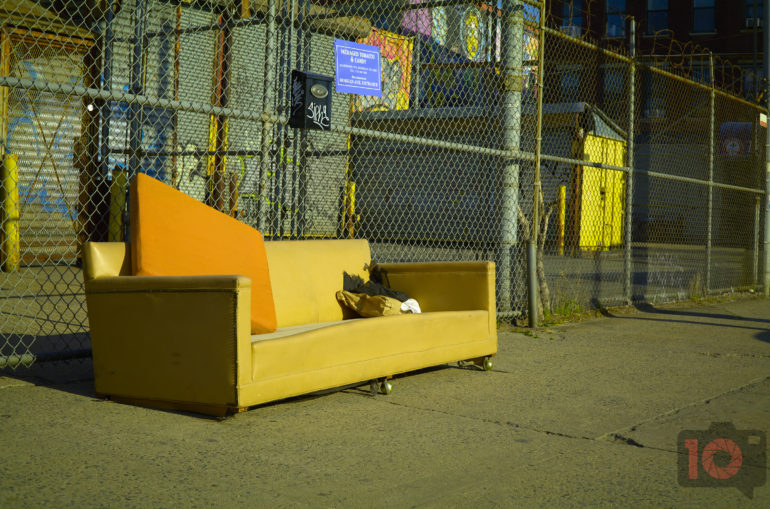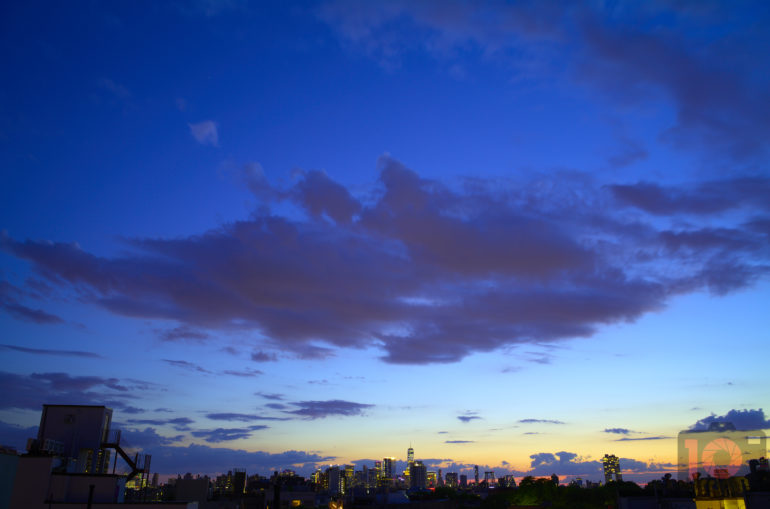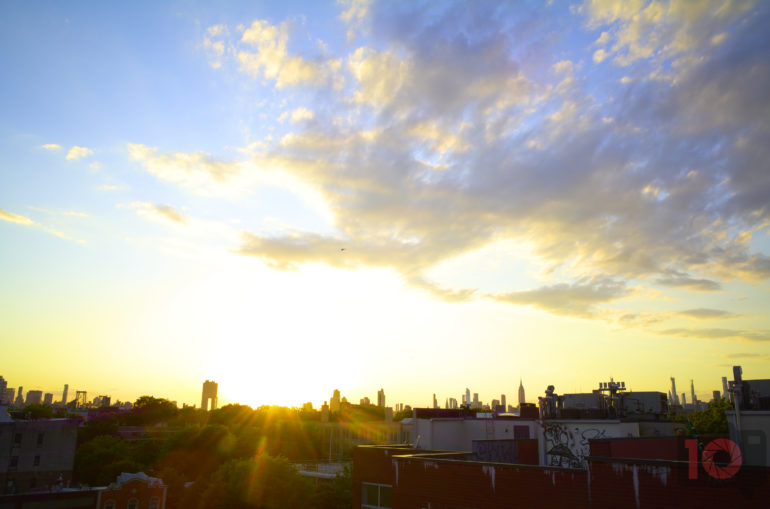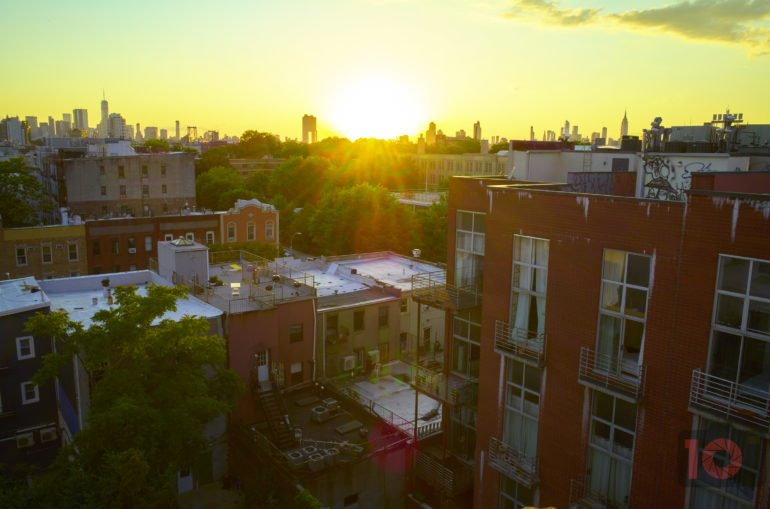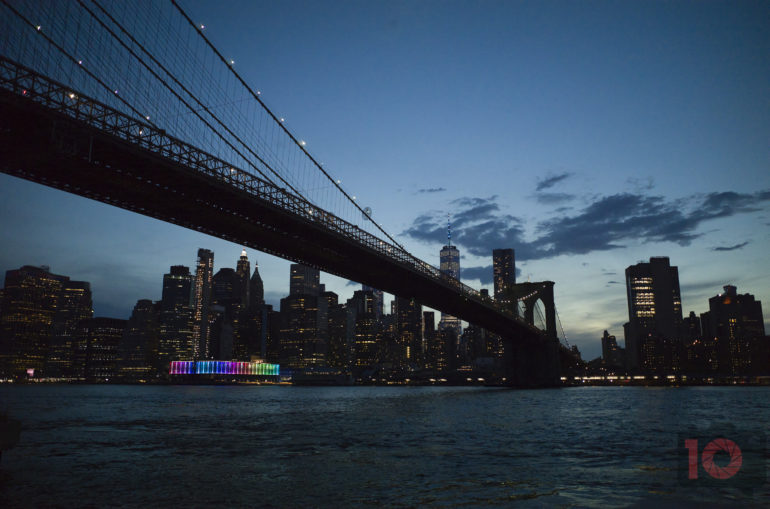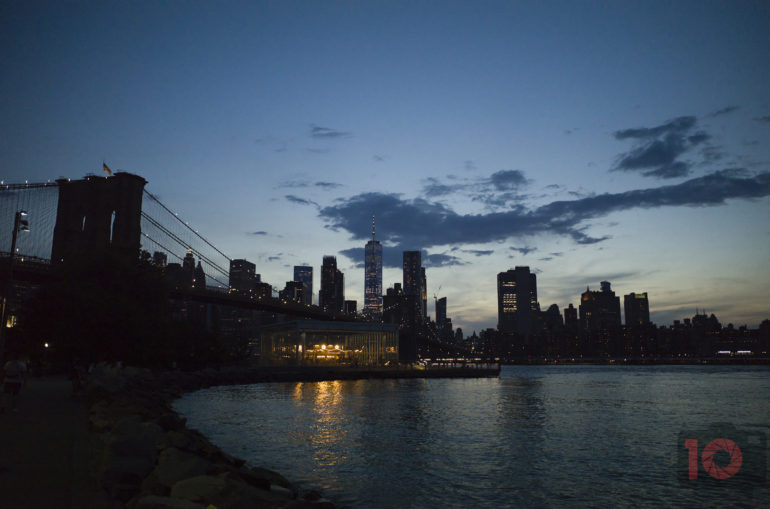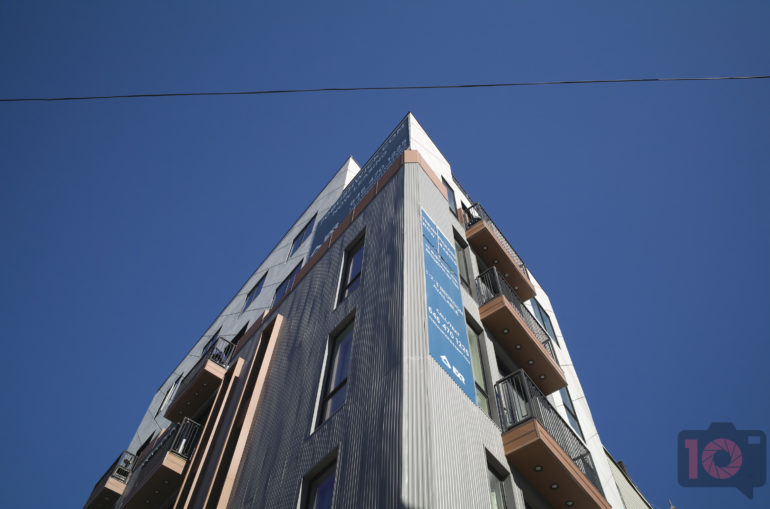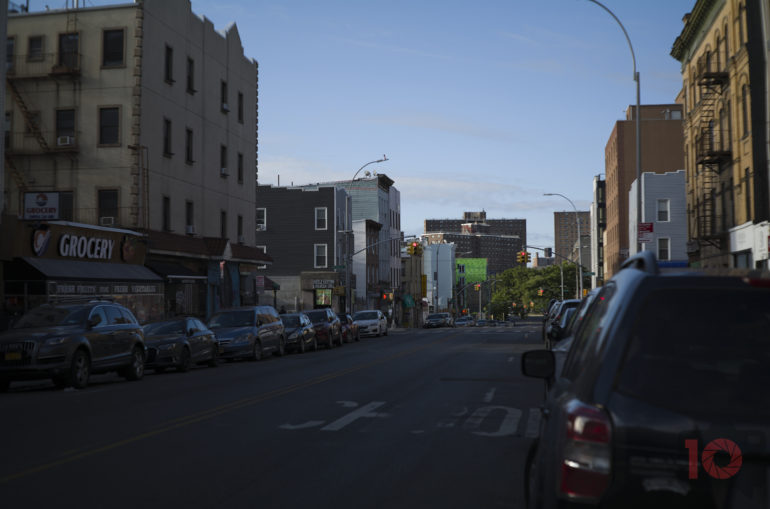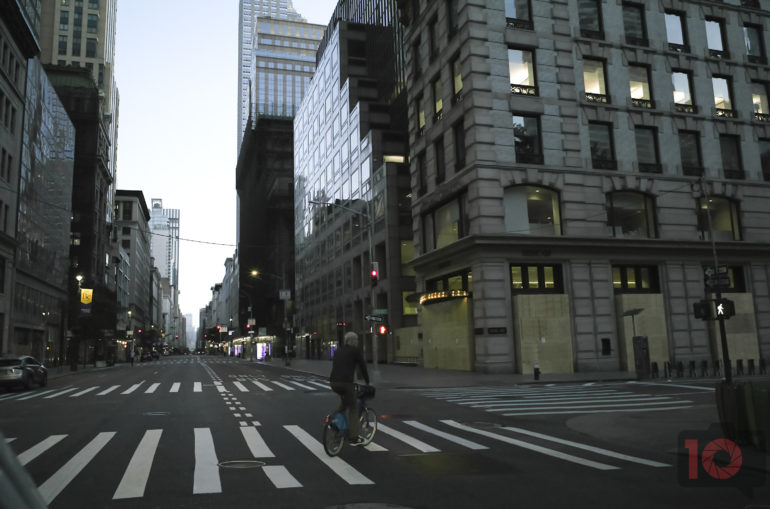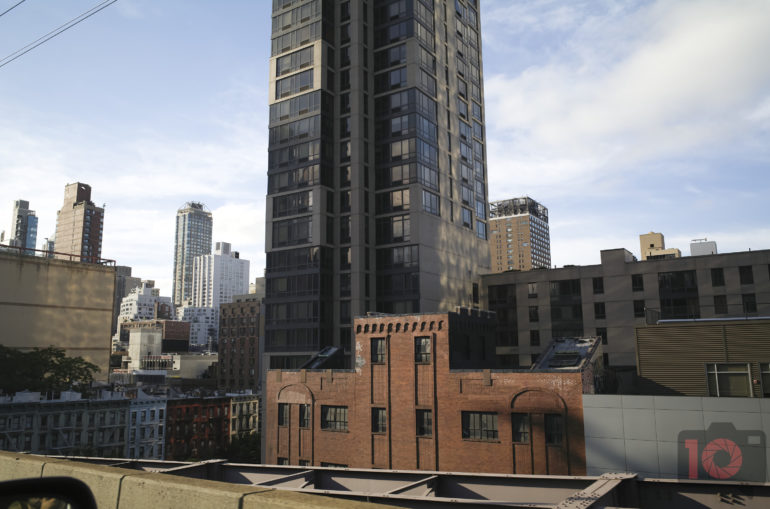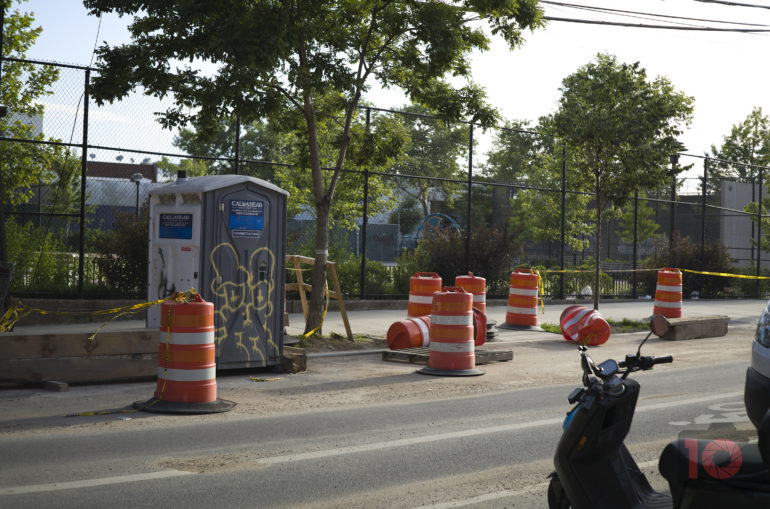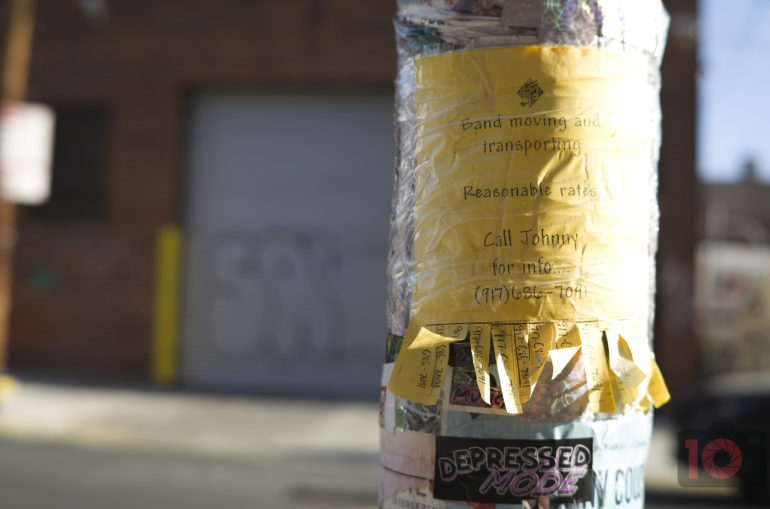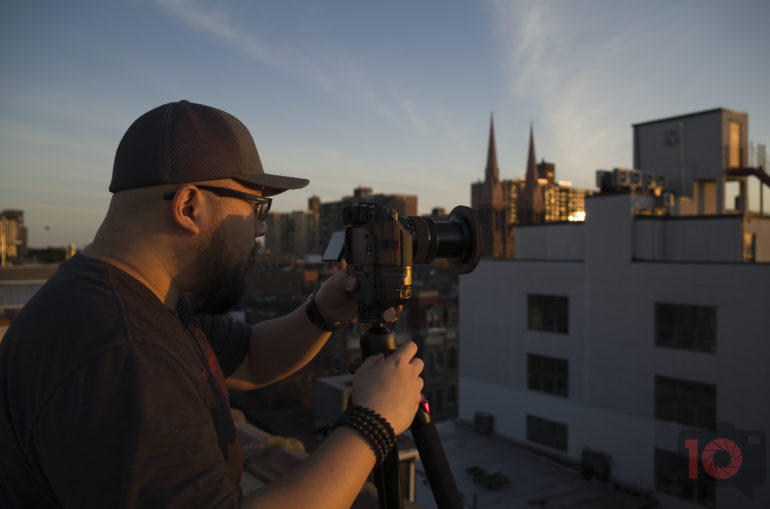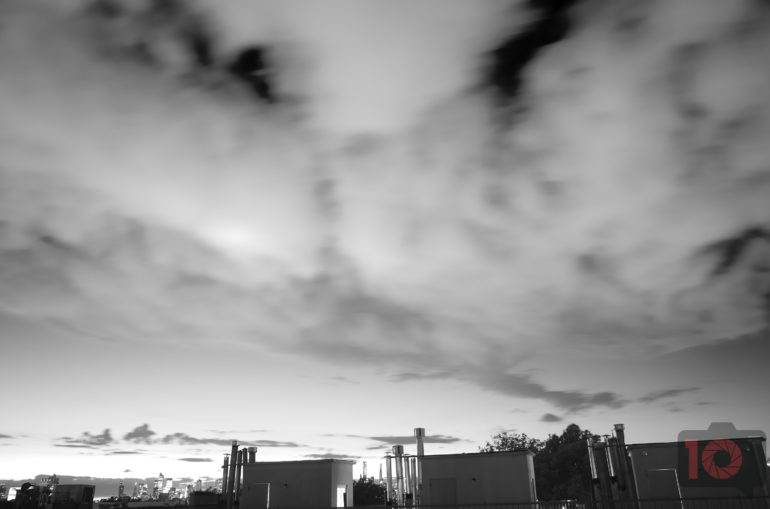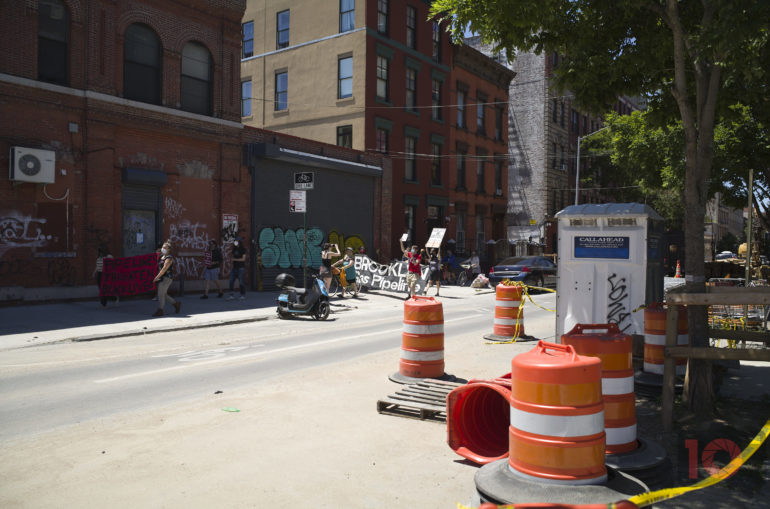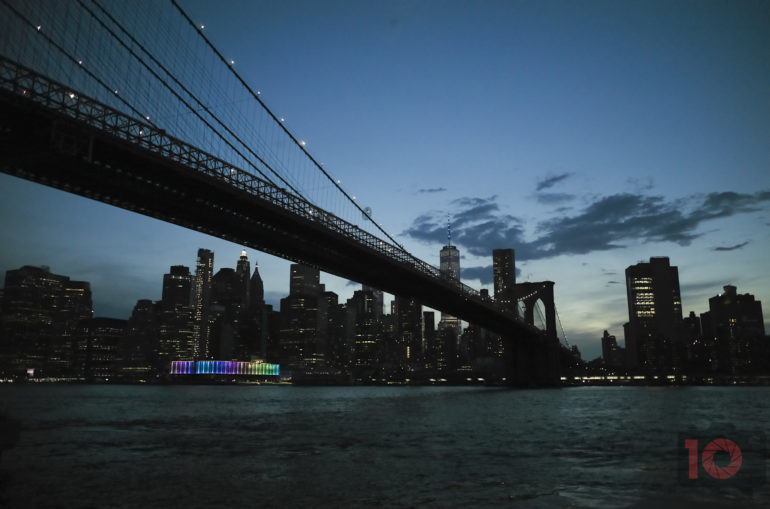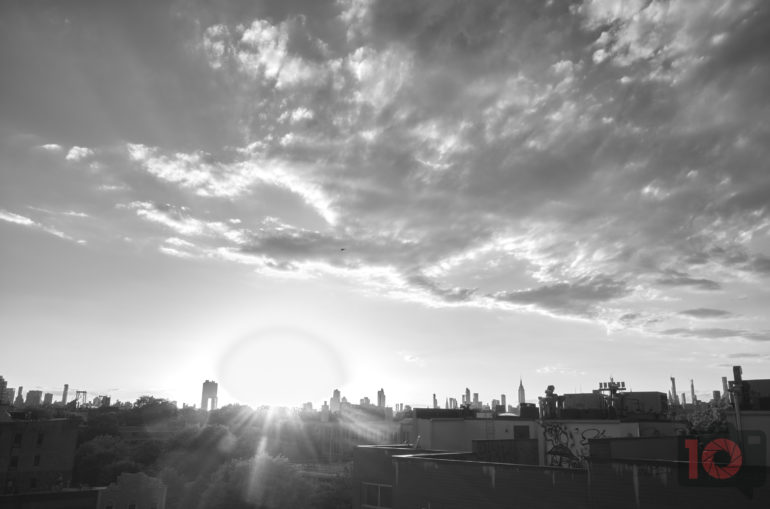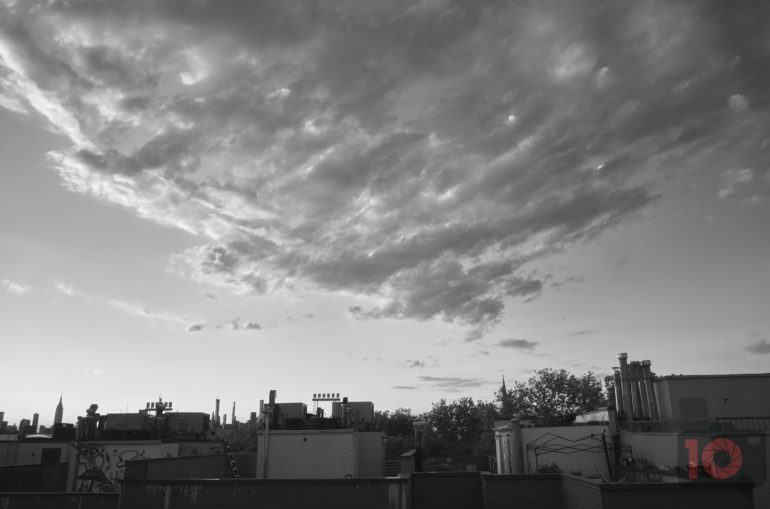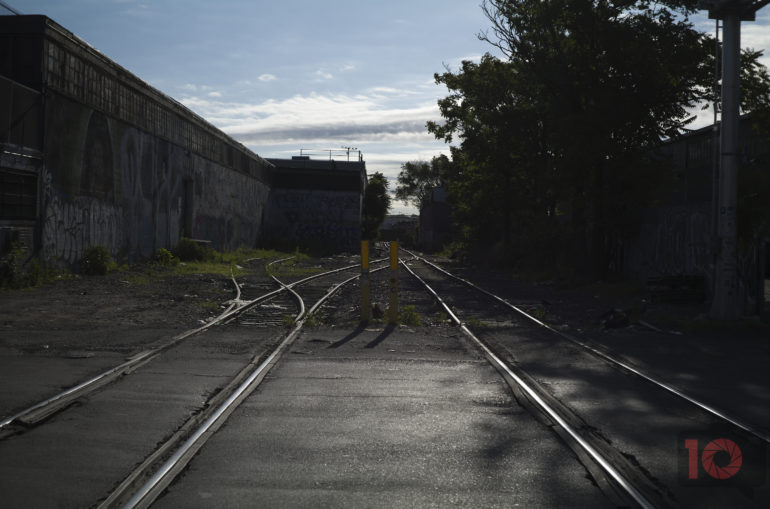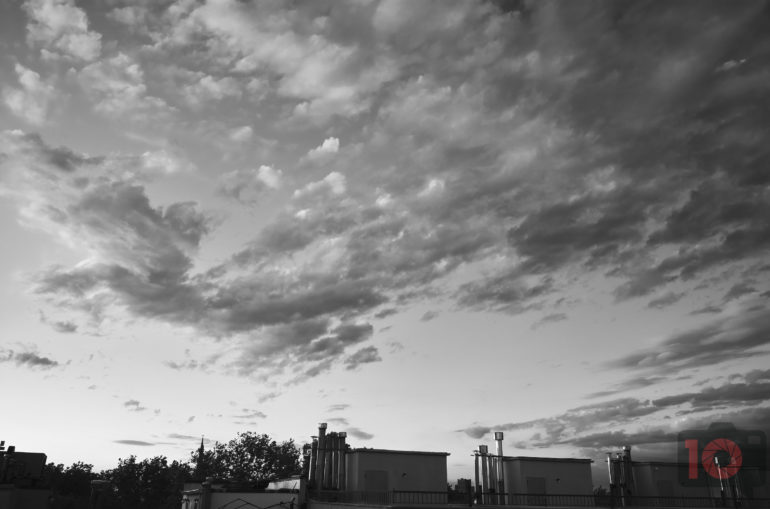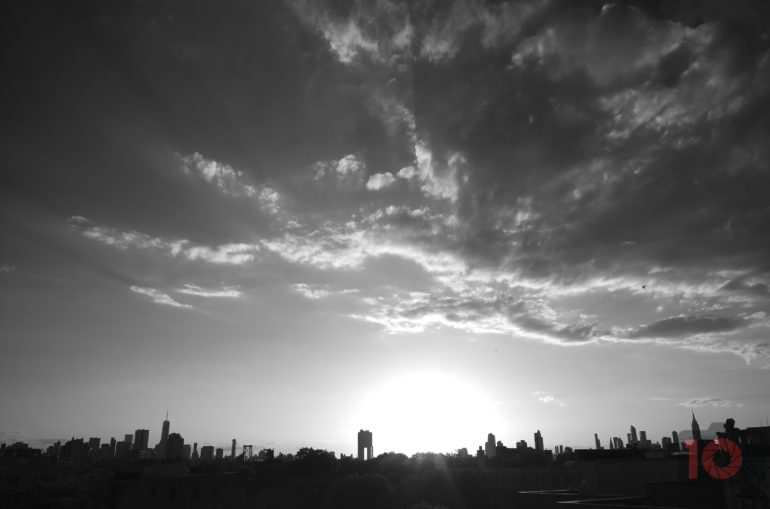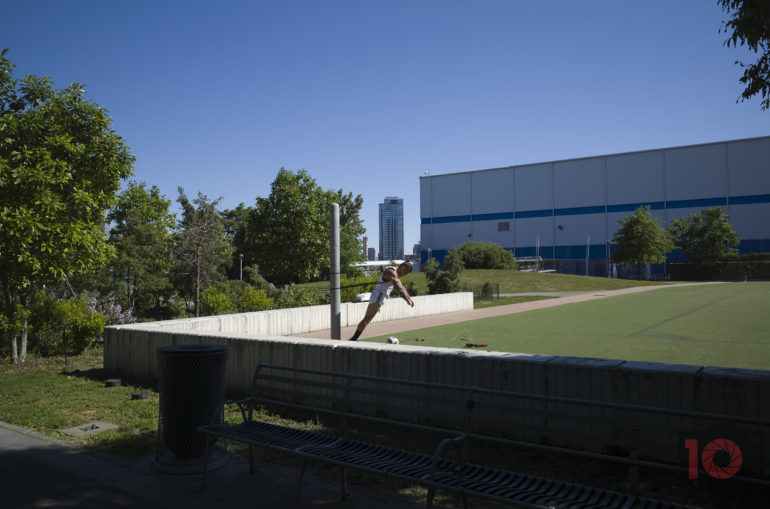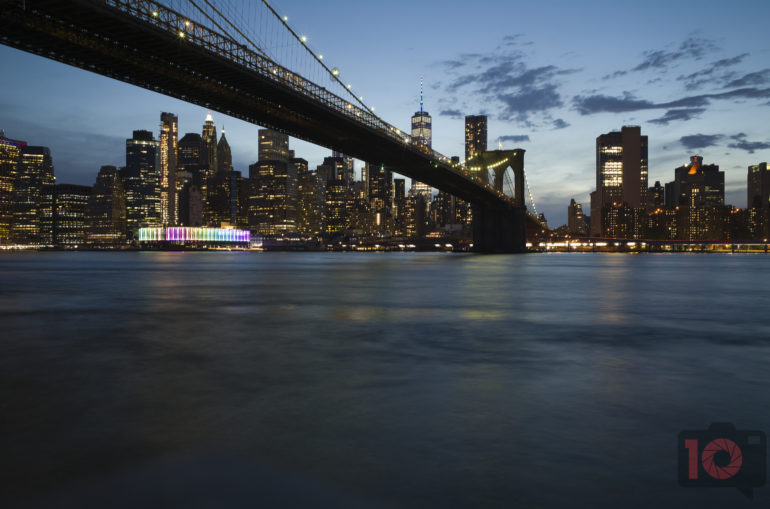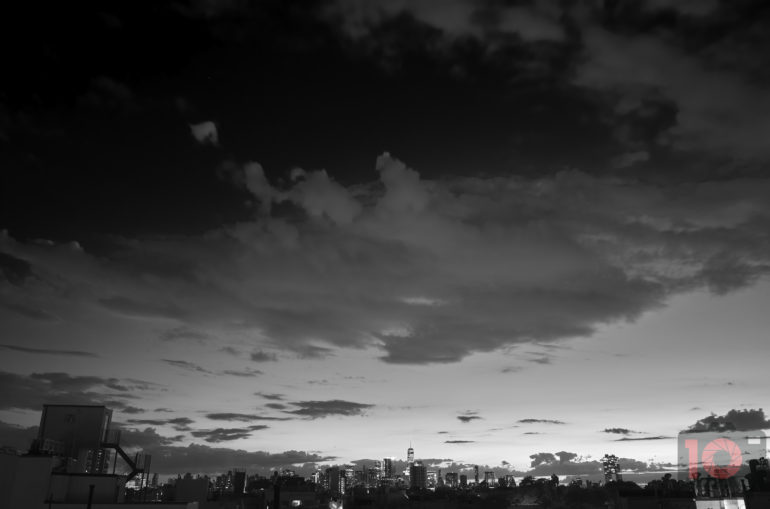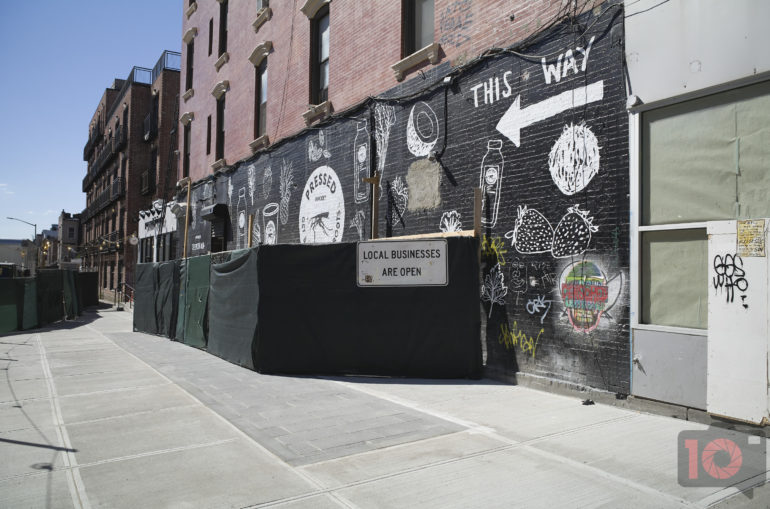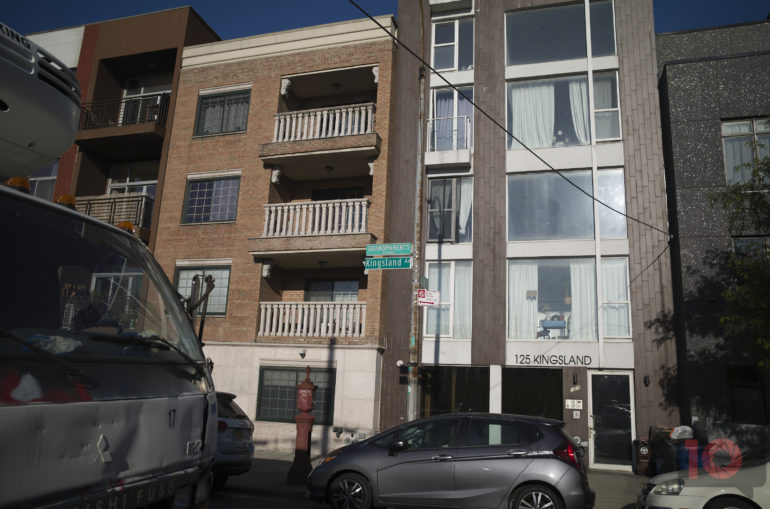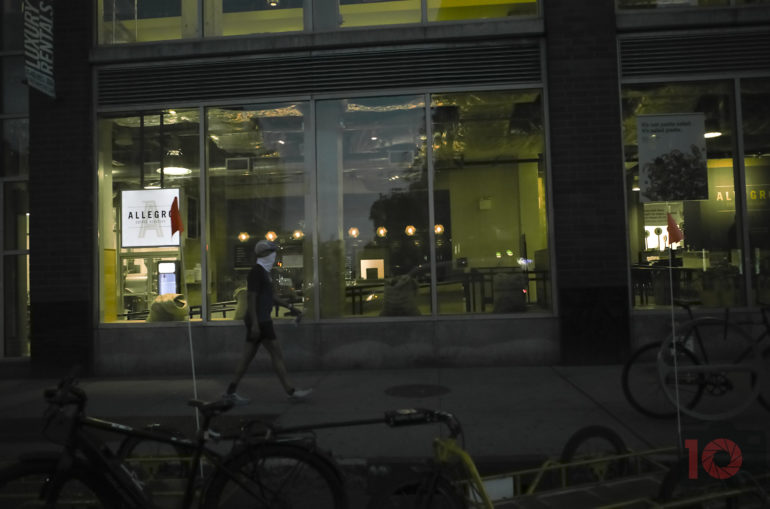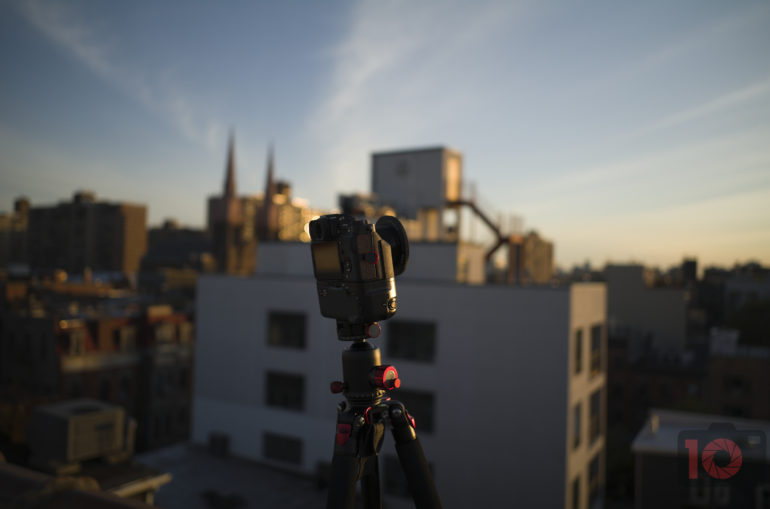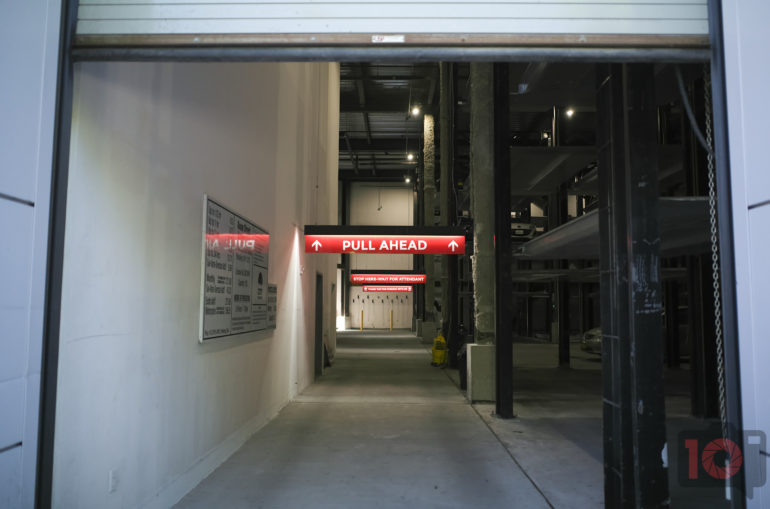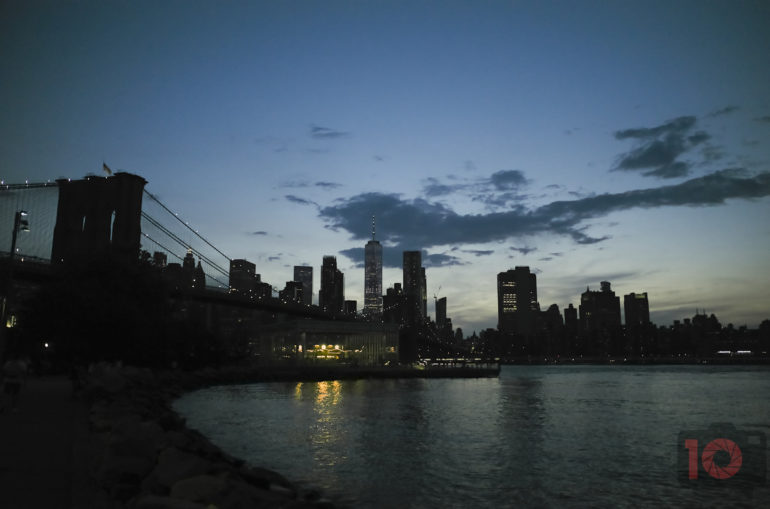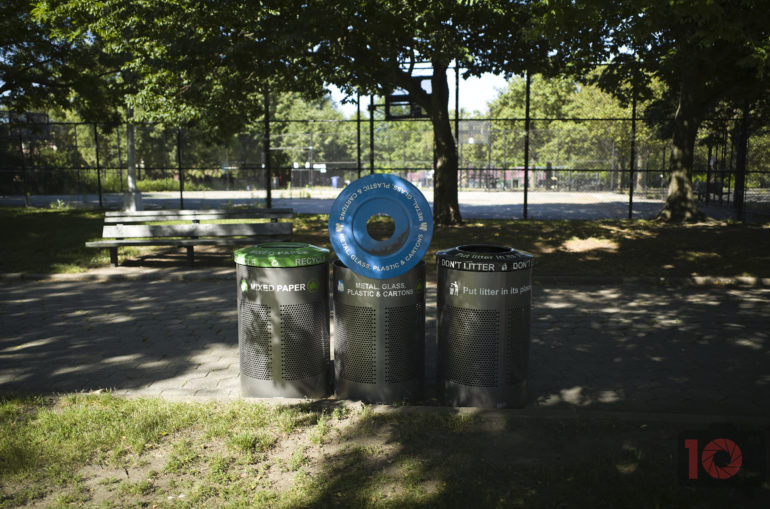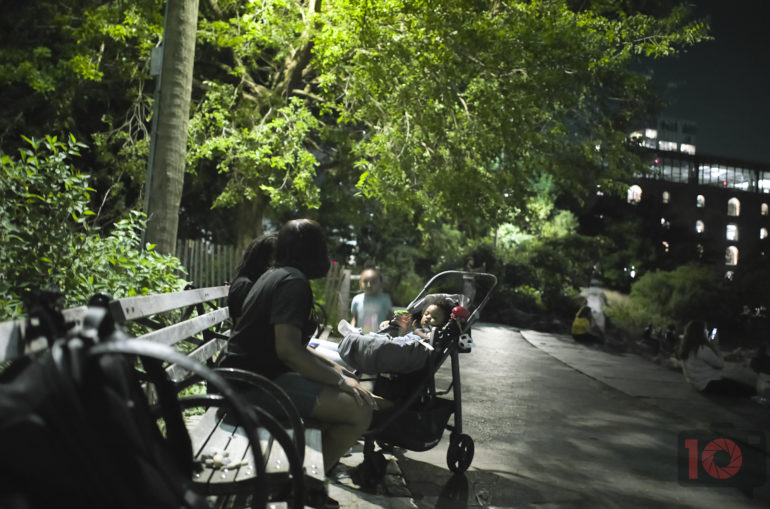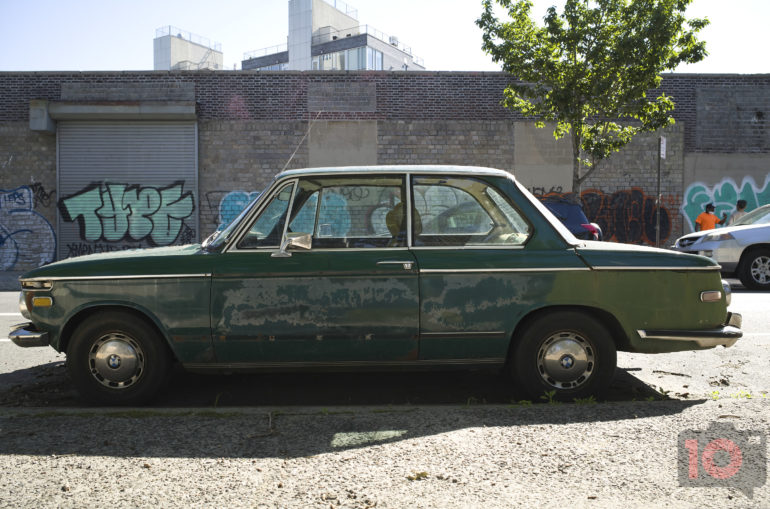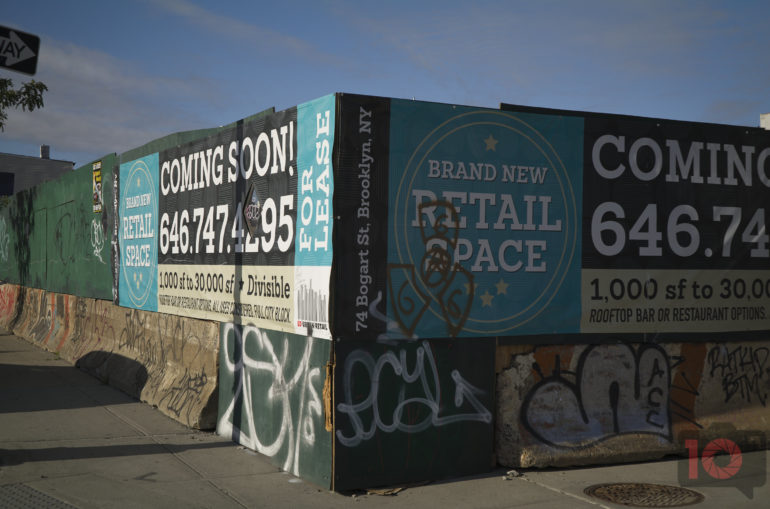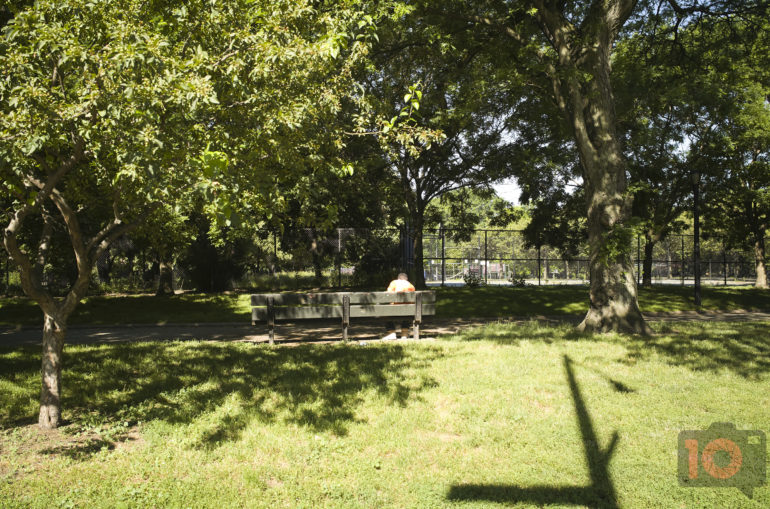Last Updated on 07/07/2021 by Chris Gampat
The Leica M10R is what I feel to be the true successor to the Leica M9, and I’m super happy about that.
If you were to tell me that the Leica M10R would have the same sensor as the Leica Q2 and the Leica SL2, I’d believe you. But it doesn’t. Instead of that hulking 47MP sensor, you’ve got what seems to be the 40MP sensor in the Monochrome but with a color filter. And that’s very exciting on paper! The Leica M10 series of cameras are frankly fantastic. I adore them. The Leica M10R is also an excellent camera, but there are a lot of things about it that make me scratch my head. Those concerns pertain to the image quality. And in some ways, I want to say that the Leica M10R is the truest successor to the Leica M9 there can be. In fact, with the most recent updates, it absolutely is. But I don’t remember the Leica M9 rendering color like this. I absolutely remembered the lack of color depth at higher ISO settings. But it had its own color depth even at lower ISO settings.
Editor’s Note: We’ve done a few updates over time. The most recent one is in July 2021.
Table of Contents
Pros and Cons
Pros
- This sensor is the true successor to the Leica M9. The sensor renders the images very vividly, but the image quality and versatility falls apart in Capture One Pro.
- R is unofficially for resolution. That shows in prints.
- Okay battery life
- Lots of resolution
- Touchscreen continues to be nice
- Shadows can be pushed more than the highlights can be pulled.
- Very deep, rich, saturated colors. Reminds me of Fujifilm Velvia
- Fairly good dynamic range, but it’s more akin to slide film.
Cons
- Renders the color orange a tad odd
- There are cleaner high ISO cameras with much more detail.
- The touchscreen could use an upgrade.
- This would have been the perfect camera for a multiple exposure mode.
- You might say the price, but you’re not going to find another camera like this.
Gear Used
We tested the Leica M10R with the Leica 28mm f2 Summicron, 7Artisans 50mm f1.1 and 7Artisans 28mm f1.4.
Tech Specs
- 40MP CMOS sensor
- Silver or black bodies
- DNG raws
- Single SD card slot
- ISO 100 to 50,000
- 3 inch 1,036,800 pixels LCD screen
- Metal body, magnesium
- Wifi
Ergonomics
Taken from our Leica M10 review.
The Leica M10 has a very subtle and classic Leica look. You’ve got your frame line selector, the lens mount, the rangefinder, your Red dot, etc. The leatherette grip is also incredibly nice in the hand.
Turn to the top of the camera and what you’ll spot are some of the main controls. There is the on/off switch (continuous mode is in the menus now), the shutter dial, hot shoe, and the new ISO dial. This dial needs to be lifted up with two fingers though at one point I did it with one. Leica made this one very difficult to tamper with.
Near the ISO dial and to the back you’ll find the viewfinder. The viewfinder in and of itself is very bright. But the rangefinder I feel could be brighter.
Turn to the back and you’ll find a big, gorgeous LCD screen. The only controls are three buttons and a directional pad. It’s quite lovely and lets you just focus on shooting.
Build Quality
The Leica M10R was shot alongside my Leica M6. While the Leica M10R and the series of cameras within the Leica M10 family are all the smallest digital M cameras made so far, they still don’t feel like the Leica M6. Picking up the M6 gives me a sense of romance that starts in my hands and goes all the way up through my arm to the dopamine centers of my brain. The Leica M10R is, well, I guess it’s alright. It’s still the greatest feeling Leica digital I’ve used, but that doesn’t compare to the classic analog M cameras. Something that’s missing is the ergonomic film advance. That’s on the Leica M10D. But even that feels more like the Leica CL’s than the Leica M6’s. If the Leica M10R had the film advance of the Leica M6, I’d probably feel right at home. My heart would race and I’d be incredibly elated and calm at the same time.
Objectively speaking, it’s a well built camera. If someone tried to rob you with it, you could bash them in the head and expect that they’d back off. Then you can take their picture with the camera since it’s just so well built. Leica says that the M cameras were designed to be able to resist moisture and inclement weather. But they have no official specs or data about that. For what it’s worth, I’ve taken my M6 out in the rain and it was fine. I’m positive that the Leica M10R would be just peachy too.
“Picking up the M6 gives me a sense of romance that starts in my hands and goes all the way up through my arm to the dopamine centers of my brain. The Leica M10R is, well, I guess it’s alright. “
Ease of Use
If you’re not used to manual focus, then stay away from the Leica M10R. I’ve seen many people who are new to photography or that are so set with their own system that they can’t adapt to a new one. Just leave the Leica M10R alone in that case. But if you’re familiar with Leica products, then this will be very familiar to you. All you really need is the ISO dial, the shutter speed dial and aperture. That’s it. Want to do anything else? It’s in the menu. And that menu isn’t super deep or really difficult to navigate. When you want to shoot in more difficult angles, then use the live view on the LCD screen.
There are a few things that could make the Leica M10R even better. :
- Diopter adjustments: The first is the inclusion of diopter lenses or making a diopter that actually can be calibrated. I can say this in earnest being a man who wears glasses. Where this may really be a drag is with sunglasses or Transition lenses.
- A tilting LCD screen: This would make the shooting experience so much better. I don’t think it should be done to every Leica M, but maybe a smaller and more affordable one. I also know that Leica is such a conservative company that this won’t happen. They’d rather recommend me to the T line of cameras or the L mount cameras. And they don’t have tilting screens either.
- An upgrade to the LCD screen: It’s time for the entire industry to do this
Aside from these things, I think that the Leica M10R is a fantastic camera when it comes to the ease of use. It’s not too complicated and it’s also not something that you’re meant to really fuss around with. If I were to be really picky, then I’d want a dedicated button for white balance. But overall, there isn’t much to worry about here. If anything, I can argue that other manufacturers put too much into their cameras.
Focusing
The focusing is done manually through the viewfinder. A rangefinder works different than most other cameras. But either way, it’s accurate. You can also use the LCD screen and focus peaking. But for some odd reason, no one has gotten focus peaking right in the full frame world with the exception of Canon. As such, the focus peaking here isn’t that great. Nor is the magnification, and the low resolution LCD screen doesn’t help.
Image Quality
Editor’s Note: there have been major updates to this section over time.
Now here’s what I’m most excited about with the Leica M10R. The image quality is to me what I envisioned for a Leica M9 successor. You know, a real one! The colors aren’t as versatile as a standard CMOS sensor from Sony. In fact, the 40MP sensor in this camera isn’t a Sony one as far as I can tell. So you’re getting some funky results, but also ones that have a character and soul that’s worth it. Before I go on, I want to show you the images below. They’re edited. And to me I think that they’re still gorgeous. There’s clear evidence in it though that the sensor isn’t exactly the best as you can see in the highlights. In fact, the dynamic range isn’t that great in certain situations that I still can’t totally put my finger on. I edited these images in Capture One 20. Let’s take a look now.
RAW File Versatility
We’re going to look at a number of variations here. What I’ve found is a bunch of inconsistency that I can draw conclusions from about the sensor. My belief is that it works a whole lot like chrome film. But it’s not a CCD. In fact, I wonder why Leica didn’t go for a high-resolution CCD instead here.
ISO 200
Here’s one result. I can get a lot of details from the shadows here and there is enough information to edit the color. No problems here. Any camera on the market can do this.
ISO 100
One would think that at ISO 100, you’d be able to pull even more details from both the highlights and the shadows. But there’s a fair amount of information loss here. It’s shocking to me, the lack of dynamic range wouldn’t at all be an issue to me if I just had the color depth. But the depth isn’t there in this situation. Even after playing with the white balance I couldn’t find it.
In the sample above, you can see that the highlights can’t really be captured. And that’s the issue with the Leica M10 series of cameras. You’re supposed to underexpose and then push the shadows for days. That’s the wonderful thing about that sensor. But it’s not the case here.
ISO 6400
The colors in that top image are ugly. But in the second image, we can see that there’s some recovery. It’s not just a white balance trick here, it’s also about messing with the color levels. And that’s where I’m going to address the very weird thing about the Leica M10R. The color orange, at least on my unit, is really odd.
When you look at the scene above, you probably wouldn’t think anything of it. Except that the couch isn’t really a tan shade of peach. It’s a bright orange–almost Hermes Logo orange. Yet for some reason, Leica is rendering orange odd. I noticed this even throughout the entire series that I showed off above. I can’t explain it, but it’s really weird.
High ISO Output
Here is the saddest news about the Leica M10R. Above ISO 1600, forget about color. Take a look at the image of Paul above. Have you ever seen someone’s skin this color? The Leica M10R loses pretty much all color depth in most situations. And again, it has to do with the color orange.
Take at the image above. That building is supposed to be red. Doesn’t the whole scene look desaturated to you? What’s going on? Luckily, the sensor output, when printed, doesn’t look bad. However, the Canon EOS R, with less megapixels, is still producing sharper prints for me at ISO 6400.
As you can tell, I’m not so happy with the high ISO output. And I wasn’t with the Leica M9 either. And that’s why I think this camera is the Leica M9’s true successor. It’s fantastic when you get the images right in-camera at low ISO speeds. And if you treat it like slide film, then you’re all set. But otherwise, just convert the files to black and white.
Update October 2020 we’ve decided to give the RAW files from the Leica M10R a shot in Adobe Lightroom Classic CC. Using the latest version of the cloud software, the results are different. The Leica M10R delivers high ISO output that is indeed better than what Capture One currently has. Over the past months since we’ve done this review, we’ve been talking with Leica about the results. They tell us that they’re working with Capture One to create better renders of their RAWs. Leica asked a number of times to test the RAW files in Lightroom. We understand that this is what most photographers use. But as soon as I booted up the software, I felt transported back to the early 2010s. The design is still mostly the same and desperately needs an update. So too does the render preview time and the exporting time. None of these still compare to what Capture One can do. And the rest of the industry seems to agree with us on that.
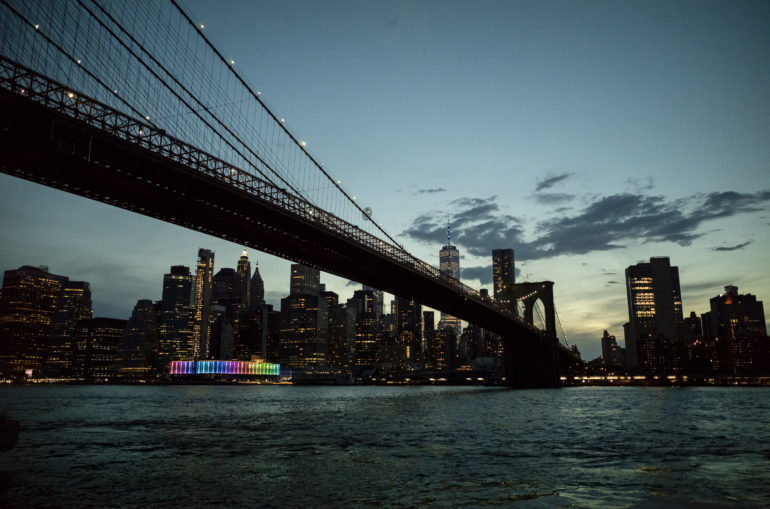
With all this said, the high ISO files from the Leica M10R have less noise in Lightroom. We’re talking mostly about color noise here though. The grain is still pretty big. Comparatively speaking, almost any other sensor over 40MP can deliver less grainy results. But that’s only a problem if you’re cropping or pixel peeping.

Ideally, we’ll get Capture One support. I can’t imagine paying this much for a camera and not having the support to get the most from any piece of software that I use. I adore and believe that the luxury camera market is indeed the only viable future for cameras. But more needs to be done by the manufacturers.

Sadly, we still saw color noise in our printer test. Even at 11×17 prints, we found color noise in the darker areas of the photo. That’s not so good unfortunately. However, I’m more inclined to blame it on Lightroom’s awful print menu on the PC. It’s much different on the Mac.
Update July 2021
Capture One 21 is out, and Leica worked with them on the Pro Standard color profiles. These are indeed the absolute best way to edit the images. Specifically, we’ve found that the colors here are very close to what we would get from the Leica M9. Remember how we always saw really vivid, slide-film like colors? Well, the M10R can do just that.
To get those results, you need to load your images into Capture One 21. Then choose the Leica M10R ProStandard ICC profile. After that, set the curve to Auto or Linear response. Personally, auto works just fine for me. You’ll immediately see some of the biggest differences ever.
Color Depth
The new colors of the Leica M10R with the ProStandard profile applied are very, very vibrant. At the same time, I don’t believe that they’re very friendly to skin tones. Lips and skin with both be very saturated. And this ties directly into what I said previously about how this camera renders the color orange. If you shoot a lot of portraits, you’ll know that skin tones are generally associated with the orange color slider. Then people have green or reddish undertones. You’re going to need to brighten those color channels and manipulate them quite a bit. Otherwise, I’ve always absolutely sworn by the work that they do over at RNI Films. With RNI Films 5 styles (presets) you can get their render of Kodak Portra to come to life on your screen.
Dynamic Range
Using the ProStandard profile and the auto setting, the dynamic range seems to extend a bit. The sensor in the Leica M10R still isn’t what you’d get with Canon or Sony sensors. But it rewards a photographer who knows what they’re doing. If you already shoot the same way you do when you shoot slide film, then you won’t have anything to worry about. If your images absolutely need to be made into a magic using post-production, then get ready to settle in for some editing. Personally, I’d rather spend more time shooting the damn camera.
High ISO
With the ProStandard profile and the auto setting, the high ISO output changes. First off, the colors don’t seemingly disappear anymore. That’s awesome. Second, you’ll get a bit more color noise when you look closely. However, it’s not unmanageable at all. With a 17×22 print at ISO 6400, the colors and grain aren’t all that bad. So it could just be a just a screen issue.
Extra Image Samples
From day one, the Phoblographer has been huge on transparency with our audience. Nothing from this review is sponsored. Further, lots of folks will post reviews and show lots of editing in the photos. The problem then becomes that anyone and everyone can do the same thing. You’re not showing what the lens can do. So we have a whole section in our Extra Image Samples area to show off edited and unedited photos. From this, you can make a decision for yourself. All of the following images are unedited.
Conclusions
Likes
- Size
- Low ISO image quality
- Feeling in the hands
- Simple use interface. I always strangely feel like I’m returning home when using a Leica after using products from every other manufacturer. It’s familiar to me
- Battery life isn’t terrible when you don’t put sleep mode on. I took it off because I’d miss shots. And I’m not exactly sure what eats up so much battery power otherwise.
- Drastically improved color with Capture One 21 and the ProStandard profiles
- The images look like slide film, and that transports me back to many years ago.
Dislikes
- High ISO image quality. But, again it’s not awful
- I wish they put a true CCD sensor in this camera that was high resolution
- High dynamic range isn’t up to par with newer cameras.
The Leica M10R really truly needed much better software. This is why we’ve revamped our review to award it the Editor’s Choice. Ergonomically, it’s a Leica M. If you don’t like Leica M cameras or you’ve never held them, then you’re just plain wrong. I once read a comment that engineers need to be beaten over the head with Leica M cameras until they get ergonomics correct. I wouldn’t ever condone violence, but holding one is a tactile experience. I’ve converted tons of folks into understanding why they’re wonderful. The staff even loves Leica M cameras.
But the biggest changes are with the image quality. With Capture One Pro 21, you’re getting the most from it. Use the ProStandard ICC profile for the Leica M10R, then set the curve to auto. Then have fun. You’re not going to be disappointing providing you already know what you’re doing when you shoot photos.
With that said, this isn’t a camera for a newbie. And it’s a completely different way of shooting that makes you much more connected to the image-taking process. You might sit there and have a ton of questions. But as a great yoga teacher said to our class once, “Don’t think about it, just do it.” Go rent one from LensRentals first. And when you’re ready, go buy one.


The Leica M10R gets five out of five stars and our Editor’s Choice award. Want one? Check them out on Amazon.


